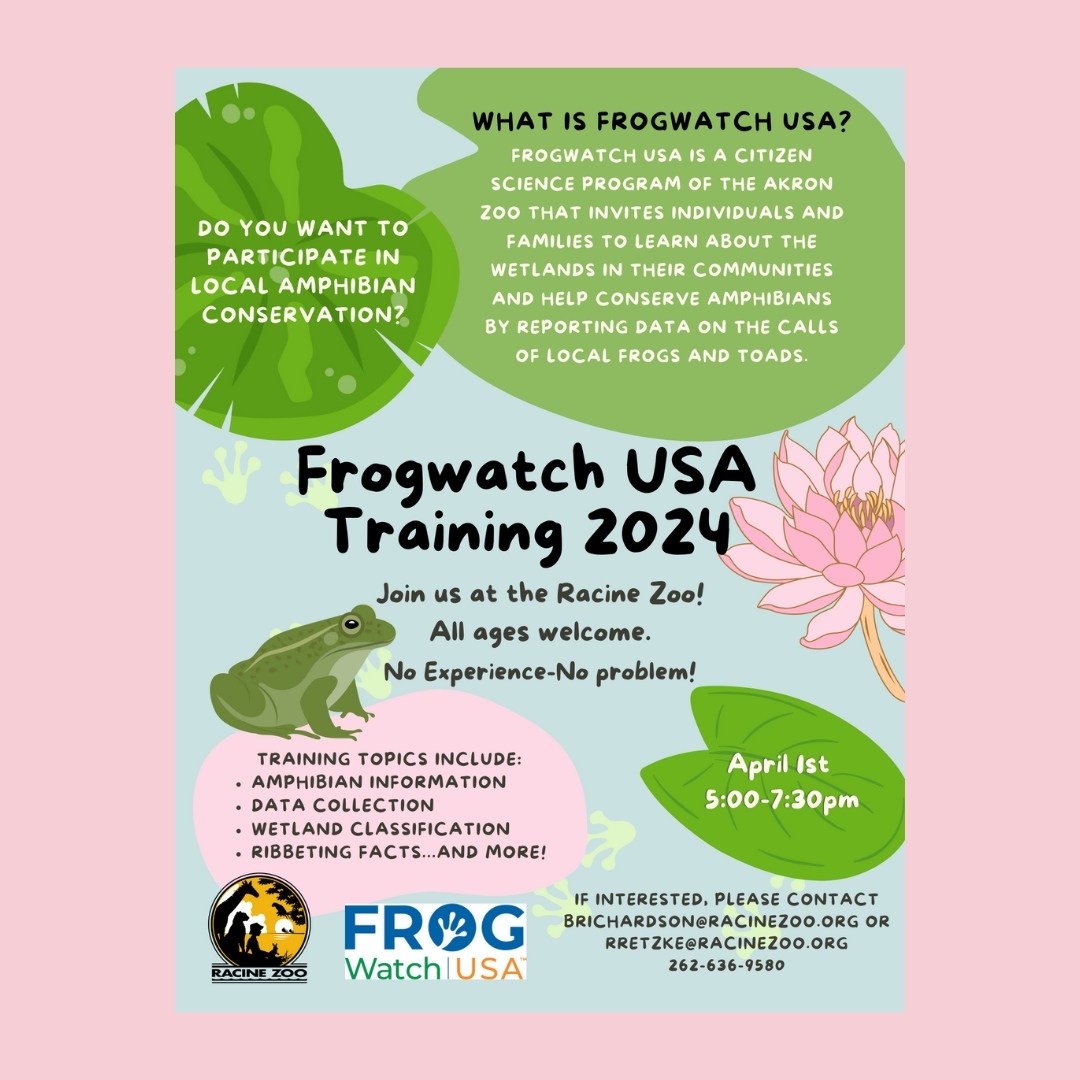– Overview of Frogwatch and its significance in conservation efforts
– Details of the frog watch training event and what participants can learn
– The role of citizen scientists in monitoring frog populations
– Importance of frogs in the ecosystem and the challenges they face
– How knowledge gained from the Frogwatch program can lead to actionable conservation measures
Frogs worldwide are in decline, largely due to habitat loss, climate change, pollution, and disease. Amidst these troubling trends, citizen science initiatives like Frogwatch are stepping up to make a difference. These programs empower individuals to contribute to scientific research and conservation efforts, providing valuable data that can be used to protect amphibian populations.
The Frogwatch training event stands as a beacon of hope for these amphibians, inviting enthusiasts and budding herpetologists to become a part of the solution. In this specialized training, participants learn how to identify frogs by their unique calls, understand their life cycles, and monitor their populations. Hosted by experts in herpetology, the event provides an engaging platform for individuals of all backgrounds to become frog experts.
When you attend a Frogwatch training event, you are not just learning about frogs but becoming active participants in their preservation. The sessions are crafted to educate attendees on conducting nocturnal surveys, accurately recording data, and even distinguishing between the calls of different frog species. This is crucial for data collection, as auditory surveys are one of the primary methods for monitoring frog populations in the wild.
Furthermore, the training delves into the vital role of frogs in ecosystems. As indicators of environmental health, frogs help signify changes in ecosystems. Their permeable skin makes them sensitive to pollutants, and their presence or absence can provide early warnings of ecological distress. Additionally, frogs help control insect populations and serve as food for a host of predators, linking together different parts of the food web.
Nevertheless, frogs face an array of challenges that threaten their survival. These range from chytrid fungus—a disease decimating amphibian populations globally—to the introduction of non-native species, often resulting in a struggle for resources and habitat. Climate change also poses a significant threat by altering breeding patterns and exacerbating the spread of diseases.
The Frogwatch program informs participants of these issues and teaches them how to contribute to mitigating the threats. By tracking frog populations and documenting shifts in their behavior and numbers, individuals can provide critical data that may lead to changes in land management and conservation strategies.
Beyond data collection, participants also learn about efforts to create and restore habitats suitable for frogs. They are shown how even the smallest backyard ponds can significantly improve the survival of local frog species. Moreover, they discover how to advocate for protecting wetlands, which are crucial for amphibian breeding and survival.
Attending our Frogwatch training event is an invitation to join a community of passionate individuals working towards a common goal: protecting and preserving one of the most fascinating and ecologically significant groups of animals on the planet. Through this training, participants are transformed into citizen scientists with the knowledge and skills to make a tangible difference. They leave not only as experts on frogs but as stewards of the environment, ready to hop into action for conservation.
By circling back to the data that these newly minted frog experts will collect, we will understand the long-term impact of such programs. Every recorded call and detected population change builds upon a database that researchers and conservationists can analyze to identify trends, draft conservation plans, and implement measures that will benefit not just frogs but entire ecosystems.
In essence, the Frogwatch training event serves a dual purpose: educating the public and filling gaps in scientific knowledge. This science-based, community-driven approach is a model for wildlife management and conservation efforts. Engaging ordinary people in scientific processes fosters a deeper understanding of our natural world and cultivates a sense of responsibility for its well-being.
The knowledge and experiences garnered from the Frogwatch training event are the first step in what can be a lifelong journey of learning and advocacy for wildlife conservation. By transforming interest into expertise, passion into action, and intrigue into scientific inquiry, Frogwatch makes each of us capable of contributing to the grand tapestry of biodiversity preservation. So hop on over and join the legion of citizen scientists dedicated to ensuring a future where the chorus of frogs continues to echo through the night.
*****
Source Description
🐸 Hop over to our Frogwatch training event and learn how to be a frog expert! 🎓👀🌳
Don’t miss out on this ribbit-ing opportunity! 🌟

